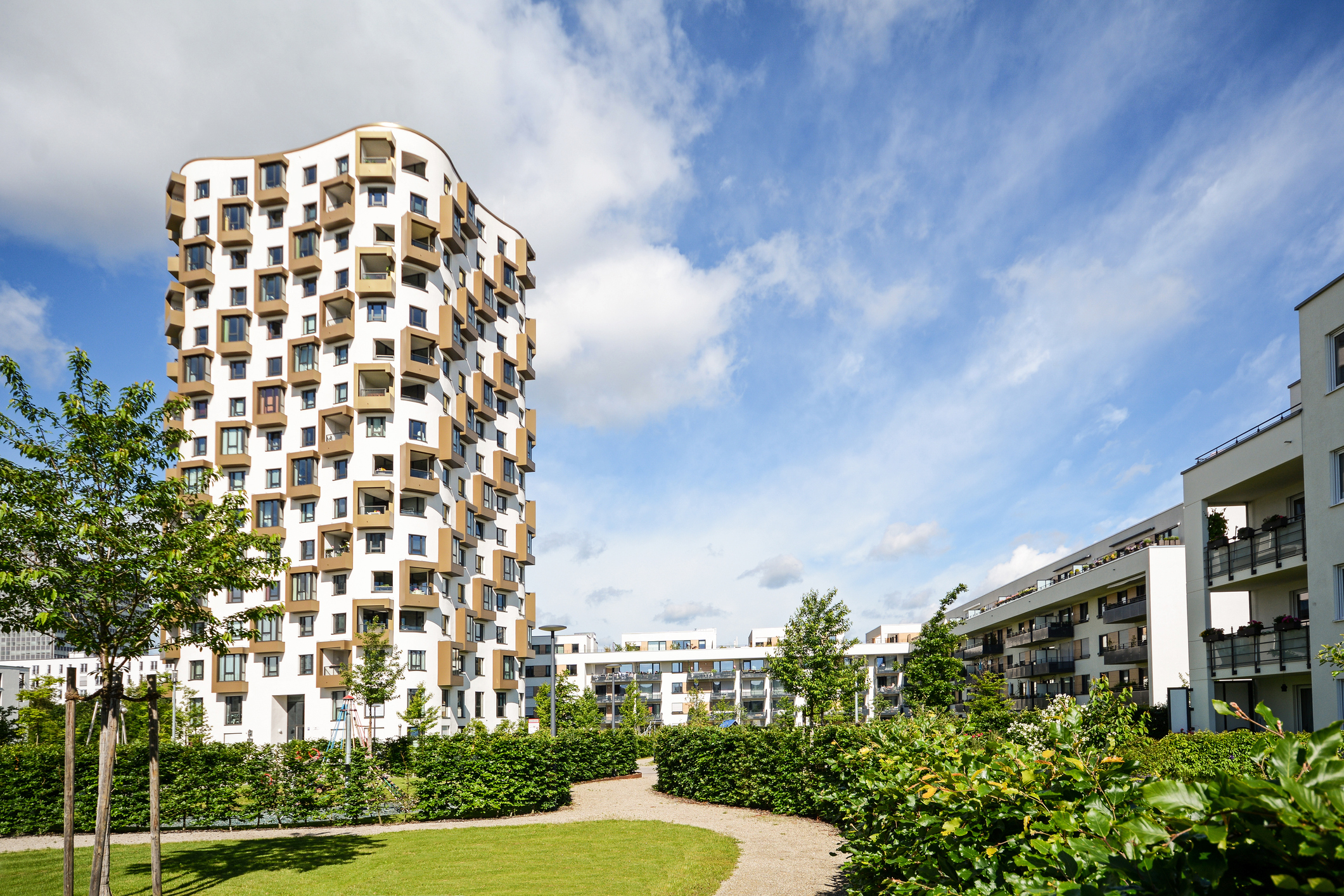Imagine designing and constructing a building that is affordable, comfortable and energy efficient. This type of building should have limited air drafts and radiant temperature asymmetry (no cold or hot spots) while providing occupants with the right amount of ventilation to maintain a high level of indoor air quality, which is a result of a very efficient building envelope design and strategy.
This summarizes what a passive building (house) is; a building with a comfortable indoor environment with minimal energy consumption.
We can articulate the aforementioned definition by reviewing detailed and specific criteria that act as requirements for a building to be considered a Passive House:
- Space Heating Demand: not to exceed 15kWh annually OR 10W (peak demand) per square meter of usable living space
- Space Cooling Demand: roughly matches the heat demand with an additional, climate-dependent allowance for dehumidification
- Primary Energy Demand: not to exceed 120kWh annually for all domestic applications (heating, cooling, hot water and domestic electricity) per square meter of usable living space
- Airtightness: maximum of 0.6 air changes per hour at 50 Pascals pressure (as verified with an onsite pressure test in both pressurized and depressurized states)
- Thermal Comfort: Thermal comfort must be met for all living areas year-round with not more than 10% of the hours in any given year over 25°C
As we can see, the targets are quantitative and measurable, leaving no room for discretionary considerations or judgment.
Now that we have defined what Passive House is, what are some of the characteristics that make this design affordable to build for an owner and more comfortable for its occupants? One of the main reasons why Passive House is deemed more affordable is because of the return on investment that is realized as a result of the high-efficiency building systems and envelope design that is associated with this standard. The energy-efficient systems help reduce operational costs and contribute to the environment, which can also bring about tax credits for the building owner.
When compared to a traditional Code-Compliant building, a Passive House building consumes 75% less thermal energy. Thanks to a holistic design approach that encompasses near “thermal bridge free” construction, increased thermal insulation, a high-efficiency window system and heat recovery ventilators.
Passive House design technologies and methods are going to become far more relevant in the future because of the commitment of the Federal and local Governments to reduce CO2 emissions by 30% by 2030. That type of commitment will translate into requirements for more energy-efficient buildings, as it has already happened in the Province of British Columbia, where the Energy Step Code has set a pathway for building construction toward carbon neutrality by 2030.
Williams Engineering Canada has been supporting a variety of Passive House design projects that have started spreading throughout Western Canada. 1488 Alberni in Vancouver, a development that consists of two residential towers that are 43 and 50 storeys, respectfully, will be the tallest Passive House structure in the world, and 324 Goldstream, a 6-story wood frame, social housing residential complex in Victoria, make up just some of the great examples of Passive House projects that Williams Engineering Canada has been, or currently is a part of.
Keeping ourselves and our clients informed of the latest developments of codes and regulations, in addition to understanding the growing and diverse demands of various stakeholders involved with sustainable design initiatives and standards, remains crucial to our team’s ability to deliver quality engineering solutions that facilitate the success of our clients and their respective communities.
